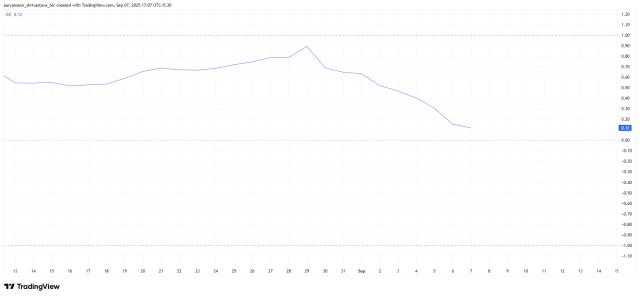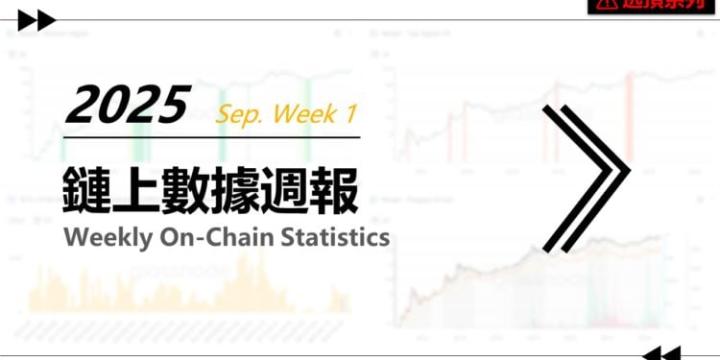At 2:17 this afternoon, with the announcement of an X by Mr. Xu, OKX Boost officially debuted.
Jimmy Liao read the announcement carefully, and his biggest feeling was:OKX Boost, although not named alpha as previously rumored, may have more alpha.
If you don’t believe it, then follow Jimmy Liao and take a look.
1. OKX Bosst Mechanism
First of all, it must be stated that OKX Bosst has just been launched and the complete mechanism has not yet been released. The following interpretation is based only on the current public information.
The entire OKX Bosst is designed around three exposure paths for high-potential and high-quality projects on the chain:
X Launch: rewards are divided based on trading activity.
Giveaway, complete the designated tasks and receive airdrop gifts.
Trading competition, trade popular tokens, and win big prizes by ranking high.
The trading competition is for large investors, while the giveaway is for retail investors. I haven't seen anything special about these two yet. The most important thing is X Launch.
To participate in X Launch, you need to pay attention to two core indicators:
Boost transaction volume: This can be simply understood as the effective transaction amount conducted through the OKX wallet, taking the average of the past 15 days.
Boost Balance: This can be simply understood as the effective asset amount in the OKX wallet, taking the average of the past 15 days.
What constitutes validity? The OKX announcement has a detailed description, which can be found here.
Looking at it in detail, we can see some general design ideas:
Only the on-chain statistics are counted, and CEX assets and transactions are not included. The determination to be all-in on the chain is very strong.
It refuses to fake out transactions and continues the asset classification model that OKX Wallet launched some time ago with a fee, and has made a refined design.
Focusing on the trading volume, we can see that the higher the transaction fee, the greater the transaction volume multiplier.

Category 1 in the table can be simply understood as mainstream coins, Category 2 can be understood as secondary Altcoin, and other tokens can be understood as primary Altcoin.
From the coefficient, we can clearly see that OKX officials encourage everyone to participate more in on-chain Altcoin transactions.
The more on-chain transactions there are, the deeper the on-chain participation is, which in turn proves the greater the user support for new projects on the chain, and the greater the chance of participating in the X launch prize pool distribution. There is nothing wrong with that.
The above is an overview of the OKX Boost mechanism. Does it look similar to Binance’s alpha? Let’s take a look at the similarities and differences.
2. Similarities and Differences between OKX Bosst and Binance Alpha
Regarding similarities, Jimmy Liao believes there are two main points:
Open up the channel for listing coins and bring more exposure to high-potential and high-quality projects.
The key indicators are similar, both combining effective assets and effective transaction volume to determine the participation threshold.
There are many differences, and only by understanding these differences can we truly understand the original intention of OKX Bosst.
1. The boundaries between the first and second levels are different.
Binance has opened a channel to CEXs, allowing users to directly browse and purchase Alpha assets on CEXs. This means that, from a user's perspective, listing on Binance Alpha doesn't significantly differ from listing on Binance spot. In other words, the amplification effect of the channel from Binance Alpha to spot trading has been weakened, and the wealth creation effect of spot trading has been moderate.
As for the current mechanism of OK Bosst, it seems that the first and second levels are still strictly distinguished.
Quoting the original announcement:
Although we cannot make any promises, OKX will continue to pay attention to the projects selected for OKX Boost, follow up on the project's on-chain data, provide data support for potential listing opportunities on the OKX exchange, and help high-quality projects obtain dual liquidity and user bases on the chain and on the exchange.
This setup will provide selected projects with further secondary fermentation opportunities, potentially leading to a greater wealth effect. This is also the biggest reason why I say OK Bosst is not called alpha, but more alpha.
2. Different statistical scopes
In terms of balances, Binance's balances are calculated along with CEX balances, while OKX only counts on-chain balances. The former expands the pool of participants and has been praised by CEX users; the latter is fairer to on-chain users. Ultimately, the goal of this system is to discover high-potential, high-quality assets on-chain, not to benefit CEX users.
In terms of trading volume, Binance only counts transactions with Alpha tokens, regardless of whether they are on-chain or CEX, which reduces the cost of understanding. OKX, on the other hand, only counts on-chain transactions, assigning different calculation weights to transactions of different tokens. While this may be more costly to understand, it expands the scope of transaction statistics and gives higher weight to high-risk traders, making the calculation more fair.
In general, the two data collection methods have different focuses and advantages and disadvantages. Binance focuses on integrating on-chain and off-chain to expand the participation group, while OKX focuses on on-chain to provide fairer rewards to early users.
It is worth mentioning that the emergence of specific Alpha tokens in Binance alpha that focus on inflating the volume is particularly beneficial to studios and deviates from the original intention of alpha. We hope that OKX's Boost gameplay can reject this kind of obvious inflated volume statistics.
3. Different participation mechanisms
Binance has established a mature "points earning-points spending" system for allocating core high-potential, high-quality projects. This system uses an evenly distributed mechanism, with participants receiving free airdrops upon reaching a certain threshold. However, this creates a problem: most participants simply don't care about the project's background and sell off their tokens as soon as they receive them, completely ignoring the fact that the project tokens they've painstakingly secured are truly alpha.
OKX currently doesn't have a points system, relying instead on snapshots. The exact distribution structure remains unknown. Jimmy hopes to experiment with a contribution mechanism in the future, dividing the prize pool based on transaction volume and balance. This would be fairer and, with more concentrated stakes, could potentially create a greater wealth effect. And a greater wealth effect is the original purpose of participating in on-chain projects, isn't it?
In summary, in my opinion, Binance Alpha is still far from true alpha, and more like a trading reward scheme. I hope OKX's Bosst stays true to its original aspirations and helps foster the birth of a true alpha project.
P.S. I was planning to write about how to participate in OKX's Bosst, but it seems I can't expand on that for now. In short: use the OKX wallet more often and pay more attention to innovative projects on the X Layer.
Twitter: https://twitter.com/BitpushNewsCN
BitPush TG discussion group: https://t.me/BitPushCommunity
Bitpush TG subscription: https://t.me/bitpush









